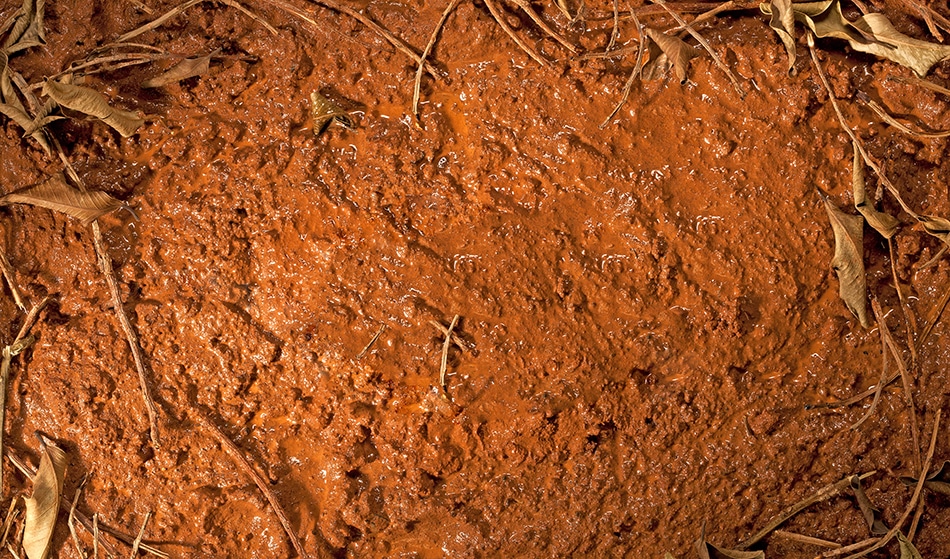There is a new technology emerging from the University of Queensland, Australia, that can potentially transform toxic red mud (bauxite residues) into usable soil. This approach aims to tackle the expensive rehabilitation processes associated with red mud dams throughout Australia.
The research is being led by Associate Professor Longbin Huang, from the Sustainable Minerals Institute at the University of Queensland. His team are researching and developing an eco-engineering technology that can make soil-like growth media from red mud.
 Image credit: GalapagosPhoto/Shutterstock
Image credit: GalapagosPhoto/Shutterstock
Associate Professor Huang stated that the process, since being tested within Australia in field trials with alumina refineries, has the potential to convert expensive red mud rehabilitation methods at both Australian and overseas refineries.
As it stands, there are hundreds of millions of tonnes of bauxite residues stored within dams at refineries in Australia and other countries. However, many of these residues contain high amounts of caustic soda, making the ‘muddy’ deposits highly alkaline and salty. This environment means that many plants cannot grow within the red mud, and this mud cannot be rehabilitated directly and cost-effectively. Such problems present a huge economic and environmental issue for refineries. This extends beyond Australia into economies such as China.
“Economically, it is very expensive to rehabilitate all red mud ponds into sustainable ecosystems.”
The researchers have found salt-water neutralized the red mud, with salt flakes on the surface. The team led by Dr Huang have started a two-year field-based trial at Gove, Northern Territory. This research is supported by Rio Tinto Aluminium (RTA) to the tune of almost $600,000.
If the findings from the first 6-month pilot project are promising, then Queensland Alumina Limited (QAL), alongside RTA-Yarwun refinery, will invest a further $1,000,000 into the new soil-making eco-technology. This will look to take the form of a large field-based project starting in June 2018 and will benefit from red mud rehabilitation at both QAL and RTA-Yarwun in Gladstone.
“These eco-engineered ‘soils’ could be applied in several refinery locations on a large scale to fully test their success,” Dr. Huang said.
If the technologies are indeed successful, they could help to transform the way refineries can manage these red mud dams and turn them back into usable land. This will have a significant impact on improving the economic and ecological sustainability of the aluminum industry in Australia.
Both bauxite mining and alumina refineries are economically important industries for the Australian economy, especially when Australia is the world’s largest producer of bauxite. In 2014-2014, Australia exported around 20 million tonnes of bauxite, equating to almost $1 billion in revenue. Australia also produced 19.9 million tonnes of alumina, which was worth in excess of $20 billion – and almost 80% was from export earnings.
Source:
University of Queensland: https://www.uq.edu.au/news/article/2018/04/dam-good-%E2%80%93-new-technologies-rehabilitate-dams-useful-land
Disclaimer: The views expressed here are those of the author expressed in their private capacity and do not necessarily represent the views of AZoM.com Limited T/A AZoNetwork the owner and operator of this website. This disclaimer forms part of the Terms and conditions of use of this website.